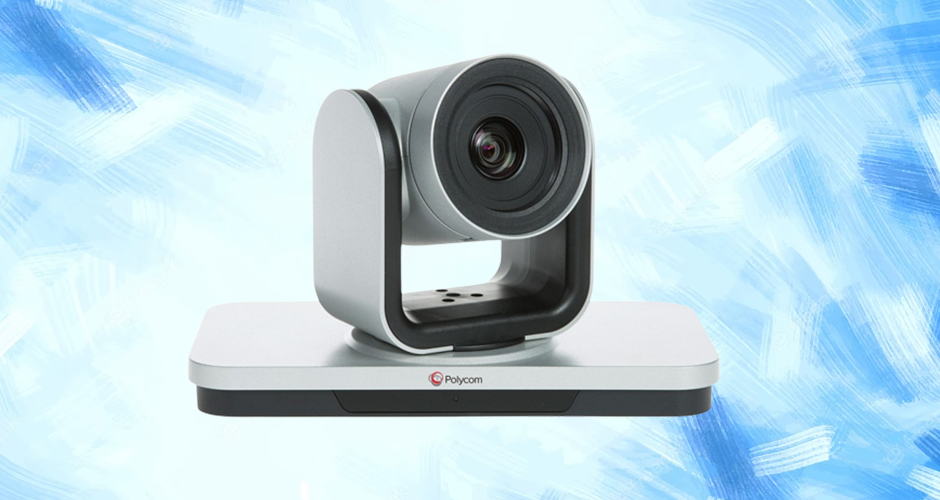
Video conferencing system is a technology that allows individuals or groups to communicate and collaborate remotely in real-time using video and audio communication. It is commonly used in business, education, and healthcare settings, and it enables users to hold virtual meetings, webinars, and online classes.
Video conferencing systems typically consist of a camera, microphone, and display device, which can be integrated with other devices such as laptops, smartphones, and tablets. They can be used for one-to-one conversations, as well as for larger group meetings and events.
One of the key benefits of video conferencing systems is that they enable remote teams to work together effectively, regardless of their location. They also help to reduce travel costs and time, as users can participate in meetings from anywhere with an internet connection.
Moreover, video conferencing systems can improve communication and collaboration by enabling participants to share files, documents, and presentations in real-time. They also provide a more personal and engaging communication experience than traditional phone calls or email.